Top 20 Data Science And Machine Learning Platforms: Gartner
From AWS, Google and Microsoft to IBM, SAS and MathWorks, here are the 20 data science and machine learning platforms leading the global market today.
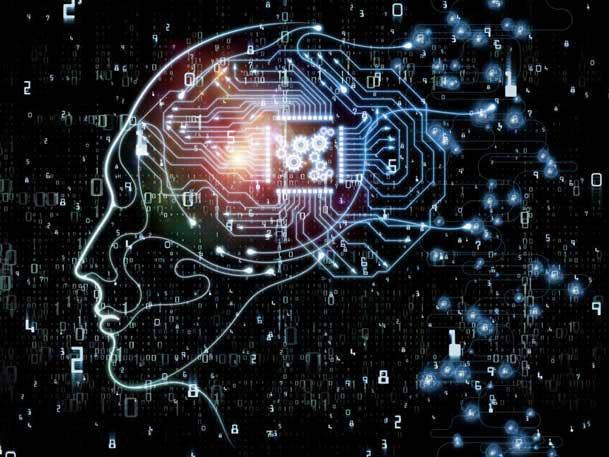
The 20 World-Leading Data Science And Machine Learning Platforms
The data science and machine learning market is more vibrant than ever before, according to Gartner’s new 2021 Magic Quadrant for Data Science and Machine Learning Platforms.
“Movement in this market is rapid and multidirectional,” said the IT research firm in its new report ranking the 20 world-leading companies in the market. “Vendors weave together rapidly evolving proprietary solutions with numerous open-source components and increasingly complex partnership networks.”
The global COVID-19 pandemic hasn’t slowed down the rapid pace of data science and machine learning (DSML) innovation or the bullish growth strategies from vendors. Many organizations are starting DSML initiatives using free or low-cost open-source and public cloud offerings to build up their expertise and explore new opportunities.
CRN breaks down the 20 market-leading vendors that made Gartner’s 2021 Magic Quadrant for Data Science and Machine Learning Platforms, as well as each company’s weaknesses and strengths in the market according to Gartner.

Gartner Methodology
Gartner defines a data science and machine learning platform as a core product and supporting portfolio of integrated products, components, libraries and frameworks—from proprietary to open source.
In addition to meeting Gartner’s definition of a true DSML platform, vendors needed to have one or more license models such as SaaS, perpetual or consumption-based. Vendors also needed to have at least $75 million in combined license revenue and have significant cross-industry and geographical traction for each core product.
Gartner’s Magic Quadrant ranks vendors on their ability to execute and completeness of vision and places them in four categories: Niche Players (low on vision and execution), Visionaries (good vision but low execution), Challengers (good execution but low vision) and Leaders (excelling in both vision and execution).

Leader: SAS
SAS won the gold medal for execution on Gartner’s Magic Quadrant for Data Science and Machine Learning Platforms, while ranking among the middle of the pack for vision. The Cary, N.C.-based company has 4,000 worldwide employees and customers in 147 countries. SAS’ core product is its Visual Data Mining and Machine Learning (VDMML) offering, which is included in various SAS bundles around visual machine leaning, data science, science programming and data decisioning solutions. Gartner said SAS is the longest-standing leader in the Magic Quadrant, maintaining a strong position because of its understanding of the market and thought leadership in composite AI, MLOps and decision intelligence.
Strengths: SAS’ latest release offers a fully cloud-native approach where customers can leverage all capabilities in a flexible container-based architecture that runs in the cloud with integration with popular open-source tools and languages for data, modeling and model management.
Weaknesses: Gartner said SAS needs to work on its product portfolio perception. Despite clear modernization, SAS is still frequently perceived as a company of legacy software and traditional advanced analytics.
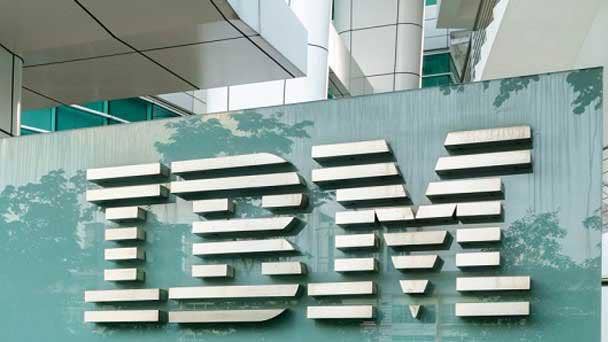
Leader: IBM
IBM won the bronze medal for execution on the Magic Quadrant and ranks among the middle of the pack for vision. The Armonk, N.Y.-based company’s core product is IBM Watson Studio on IBM Cloud Pak for Data, a modular and extensible platform for data and AI that combines a broad set of descriptive, diagnostic, predictive and prescriptive capabilities. IBM delivers a modern offering that draws on its roots in SPSS, ILOG CPLEX Optimization Studio and earlier products that benefit from a stream of innovation from IBM Research.
Strengths: IBM offers extensive support for explainability, bias, fairness, accuracy and drift monitoring, synthetic data and differential privacy, Gartner said. Its platform provides strong governance support with lineage, policies and rules in its catalog, as well as security.
Weaknesses: Although the cohesion of Watson Studio on IBM Cloud Pak for Data has improved, there remains confusion among potential customers as to which products and licenses are needed for which configurations, according to Gartner, which said this increases concerns about licensing costs.
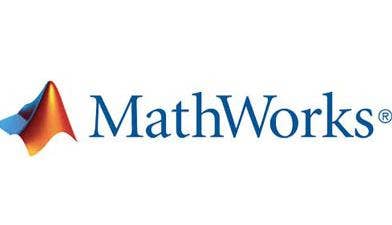
Leader: MathWorks
MathWorks won the bronze medal for vision on the Magic Quadrant and fifth for execution. The Natick, Mass.-based company’s core product is MATLAB, which is among the most advanced DSML platforms for developing, integrating and deploying ensembles of AI techniques within a single offering. MathWorks innovation is applied at scale for large use cases intended to solve real-world problems. The company is one of the few that can handle large, distributed real-time IoT implementations with a continuous environment from the edge to the cloud.
Strengths: The company benefits from deep domain expertise, which it integrates into its DSML platform. From predictive maintenance and fleet analytics to manufacturing process analytics and risk management, MathWorks handles domain-specific idiosyncrasies within its platform, while developing application-specific toolboxes.
Weaknesses: MathWorks remains behind many of its competitors, Gartner said, when it comes to model interpretability and fairness management. Even its asset-centric audience will soon require better capabilities, according to Gartner.
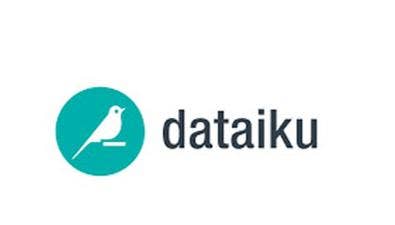
Leader: Dataiku
Dataiku ranks fourth for execution on Gartner’s Magic Quadrant and in the middle of the pack for vision. The New York-based company’s Data Science Studio provides one platform for all data science and machine learning tasks, with a focus on multidisciplinary data science teams, collaboration and ease of use. Last year, Dataiku raised $100 million in a Series D funding round. The company has a solid road map in the areas of responsible AI, collaboration and business applications.
Strengths: Dataiku understands the need for performance metrics that go beyond model accuracy and provides the ability to create custom business metrics optimized to deliver a particular business benefit and to monitor concept drift. Gartner also touted Dataiku’s newly formed professional services team that focuses on business value.
Weaknesses: DSS pricing for versions that don’t offer full enterprise capabilities for model scalability and deployment are higher than those of other vendors’ offerings that include those capabilities, Gartner said.

Leader: Tibco Software
Tibco Software ranks near the top five for both vision and execution on Gartner’s Magic Quadrant. The Palo Alto, Calif.-based company’s “Connected Intelligence” vision of stitching together various data and analytics software is embodied in its core Tibco Data Science platform, along with Tibco Spotfire and Tibco Streaming and a robust data and process infrastructure. Tibco Software’s origin in middleware gives the company an edge when it comes to model deployment and production in any environment across a wide variety of use cases.
Strengths: From innovation like dynamic learning on event streams to integration with popular edge platforms like Microsoft and AWS, Tibco delivers leading IoT capabilities on its Tibco Data Science platform. The company’s Project Air initiative streamlines IoT solutions from the edge to the cloud.
Weaknesses: Tibco had a challenging 2020 in terms of licensing revenue, according to Gartner. Gartner said the company needs to make strong and continuous development investments in the market to stay ahead of well-funded competitors.
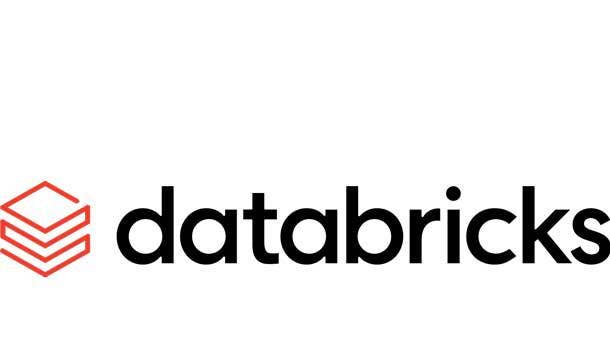
Leader: Databricks
Databricks ranks near the top of the pack for execution and among the middle of the pack for vision on Gartner’s Magic Quadrant. The San Francisco-based company’s Unified Data Platform is available in multiple clouds and, with an emphasis on scalability, spans data science, machine learning, analytics and data engineering. Databricks is a major contributor to the open-source community. It extended its offering with the acquisition of Redash, which enables users to query and visualize data more easily using SQL.
Strengths: Databricks allows customers to experiment and train their models fast and then to scale them quickly. It offers automanaged and scalable CPU and GPU clusters on multiple cloud platforms, preconfigured with the most popular machine learning frameworks with built-in optimizations.
Weaknesses: Databricks still targets a mainly technical audience of data engineers and data scientists with a coding background. Gartner said the platform is not well-suited to citizen data scientists and other low-code/no-code users.
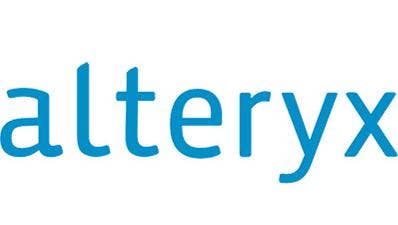
Challenger: Alteryx
Alteryx won the silver medal for execution on Gartner’ Magic Quadrant, trailing only SAS, and ranks among the middle of the pack for vision. The Irvine, Calif.-based company has repositioned its offering by introducing Analytics Process Automation (APA) technology to provide building blocks for automating the analytics process and integrating with applications and robotic process automation. Alteryx’s Analytics Hub provides a centralized approach to workflow automation and scheduling, collaboration, multitenancy and data connection management.
Strengths: Gartner highlighted Alteryx’s ease of use with its collaborative user experience leveraging code-free and expert modes for all personas. Alteryx also provides line-of-business and industry solution templates and jump-start kits to accelerate on-boarding and use.
Weaknesses: Pricing is a common concern of Alteryx customers, Gartner said. Customers report good value for the money but often also evaluate less costly alternatives as their data science initiatives develop.
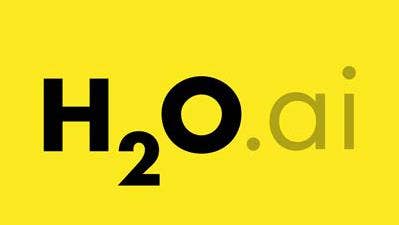
Visionary: H2O.ai
The winner of the gold medal for vision on Gartner’s Magic Quadrant is H2O.ai, which ranks among the middle of the pack for execution. The Mountain View, Calif.-based company’s road map and innovation earned it the highest overall score for completeness of vision from Gartner with H2O.ai being a thought leader in automation and augmentation of DSML. The H2O Driverless AI is its commercial product with additional modules such as MLOps and AutoDoc. H2O.ai offers open-source products with optional enterprise support, such as the H2O 3 platform and AutoML for ML, Sparkling Water for Spark integration and Wave for application development.
Strengths: H2O Driverless AI eases the adoption of DSML by offering augmentation in multiple areas such as augmented feature engineering, model selection and parameter tuning. Gartner said the company stands out for its sophisticated automation of time-series modeling.
Weaknesses: Gartner said H2O.ai has room for improvement around data access and aspects of data preparation, including data refresh, data lineage, access governance, metadata management and data catalogs.

Visionary: Google
Google won the silver medal for vision on Gartner’s Magic Quadrant, while ranking among the middle of the pack for execution. The Mountain View, Calif.-based search and cloud giant’s Google Cloud AI Platform is its core DSML platform. The platform has an expanded suite of components that includes Cloud Data Fusion, Cloud AutoML, BigQuery ML, AI Platform Notebooks and TensorFlow. Google is set to launch its new unified AI Platform in 2021 with key features and services including AutoML tables, XAI, AI platform pipelines and other MLOps services.
Strengths: Google has taken a clear thought leadership position in AI explainability and responsibility. Gartner said Google shares and productizes its learnings on subjects through responsible AI practices, fairness best practices and technical references.
Weaknesses: Although Google has made improvements around accessibility and augmentation, Gartner said its platform presents a steep learning curve and requires technical expertise.
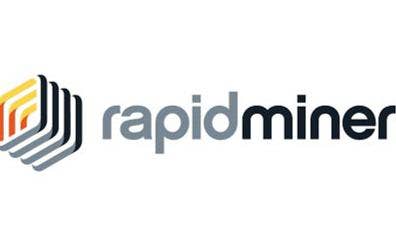
Visionary: RapidMiner
RapidMiner ranks fourth for vision and among the middle of the pack for execution on the Magic Quadrant. The Boston-based company’s RapidMiner Studio is its primary model development tool and is available as a free edition and a commercial edition. Enterprise offerings can be extended through the RapidMiner AI Hub that includes collaboration and governance capabilities as well as RapidMiner Go and RapidMiner Notebooks, which are model development experiences for novices and coders. The company’s RapidMiner AI Cloud offers flexible, cloud-based deployment options.
Strengths: RapidMiner makes it easy for expert data scientists and citizen data scientists to work on its platform collaboratively and to manage end-to-end data science pipelines. The company also offers a certification program through its RapidMiner Academy.
Weaknesses: RapidMiner has grown slowly compared with other vendors with comparable value propositions and the overall market, Gartner said. The company also only has market-standard advanced analytics capabilities.
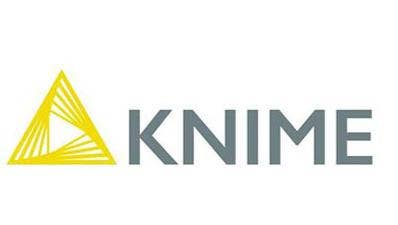
Visionary: Knime
Knime ranks fifth for vision and among the middle of the pack for execution on Gartner’s Magic Quadrant. The Zurich-based company’s open-source Knime Analytics Platform focuses on the authoring of data science and machine learning workflows and projects. The company’s commercial product, Knime Server, focuses on automation, deployment and orchestration capabilities. Knime continues to develop its vision for bridging the gap between development and production and offering new ways for data scientists and end users to collaborate.
Strengths: Knime has incrementally built its product for over a decade, which is shown in the platform’s wide range of capabilities. It has almost 4,000 nodes for connecting to different types of data sources, transforming and preparing data, and machine learning. Gartner said very few DSML tasks are not supported by Knime’s platform.
Weaknesses: The market visibility of Knime to DSML platform buyers remains low, Gartner said. The company also has limited customer support for enterprise deployments.

Visionary: Microsoft
Microsoft ranks among the top of the pack for vision on Gartner’s Magic Quadrant and among the middle of the pack for execution. The Redmond, Wash.-based software and cloud giant offers its Azure Machine Learning with supporting products including Azure Data Factory, Azure Data Catalog, Azure HDInsight, Azure Databricks, Azure DevOps, Power BI and other components. Microsoft earned the highest ability to execute score by Gartner out of the large cloud providers.
Strengths: Azure ML offers strong capabilities for the needs of enterprise data science with MLOps capabilities including a registry of packages, models and support for streamlined creation of reproducible ML pipelines. Azure ML comes with differentiated security and governance capabilities and supports compute quota and cost management capabilities.
Weaknesses: The majority of Azure ML customers operate in purely cloud environments. Some capabilities within the Azure ML portfolio become more complicated in hybrid, multi-cloud or on-premises environments.
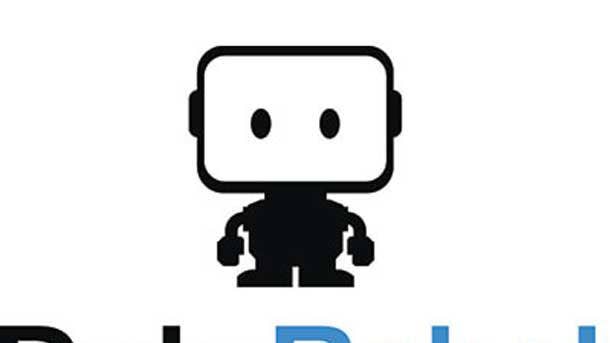
Visionary: DataRobot
DataRobot ranks among the middle of the pack for both vision and execution on Gartner’s Magic Quadrant. The Boston-based company’s Enterprise AI Platform consists of Paxata Data Preparation, Automated Machine Learning, Automated Time Series, MLOps and AI applications. DataRobot’s augmented approach enables citizen and expert data scientists to productively use data science. DataRobot delivers trusted AI through its Humble AI initiative that enables prediction quality management.
Strengths: DataRobot’s simplified pricing structure and self-service trial drives consistent addition of new customers and growth within its existing customer base. In addition, its acquisition of Paxata in 2019, which focuses on data preparation, is an example of DataRobot’s use of acquisitions to fill functionality gaps in its platform.
Weaknesses: Although it is strengthening its capabilities in model management and data access, Gartner said DataRobot still has capability gaps in areas such as other advanced analytics, including decision modeling.
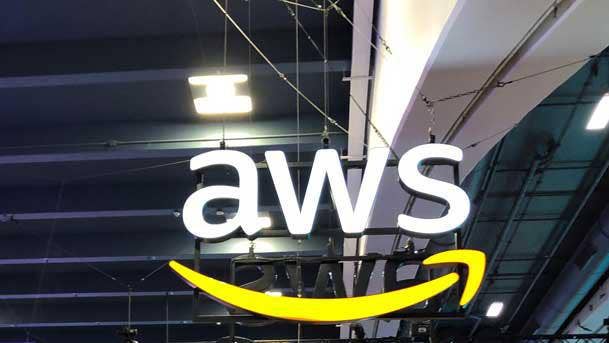
Visionary: Amazon Web Services
Amazon Web Services (AWS) ranks among the middle of the pack for both vision and execution on Gartner’s Magic Quadrant. The Seattle-based cloud titan’s vision is for data science teams to use the entire AWS portfolio and machine learning stack, with Amazon SageMaker at its core. Many supporting AWS offerings were considered in Gartner’s evaluation, including SageMaker Studio IDE, Amazon EMR including S3, AWS Glue, Amazon SageMaker Neo, AWS CloudWatch and AWS CloudTrail, to name a few.
Strengths: Users can directly leverage AWS’s prepackaged AI services such as Amazon Lex and Transcribe. SageMaker, which is natively integrated with AWS’ cloud data and analytics tools, provides extensive support for a broad range of popular and niche open-source software libraries and frameworks.
Weaknesses: Gartner said AWS’ flurry of new components and services is filling important gaps. However, these new capabilities are neither as proven nor as strong as other vendors’ capabilities for data preparation, user interfaces, collaboration and coherence.
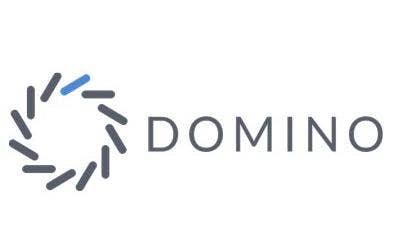
Niche Player: Domino
Domino ranks among the middle of the pack for both vision and execution on Gartner’s Magic Quadrant. The San Francisco-based company’s Domino Data Science Platform, supported by Domino Model Monitor, provides end-to-end DSML capabilities in the cloud or on-premises. Last year, the company launched its Domino Model Monitor for enterprise MLOps. Domino’s R&D for its platform remains focused on large, code-first data science teams.
Strengths: Domino’s platform is a rare code-focused platform that offers a first-class experience both on-premises and in the cloud, Gartner said. Domino is among the best options for supporting complex hybrid and multi-cloud model development and deployments.
Weaknesses: Gartner said organizations that don’t plan to expand past 20 data scientists on its staff should not consider Domino. Typical Domino deployments involve more than 25 data scientists and ML engineers.
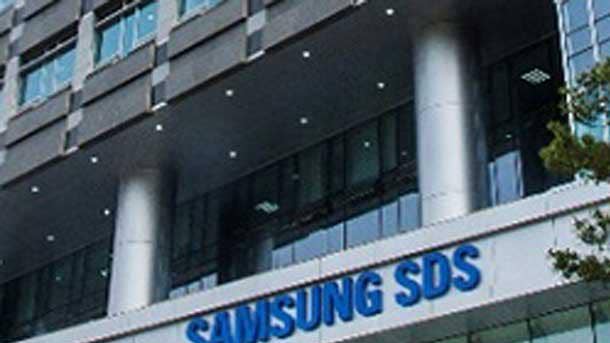
Niche Player: Samsung SDS
Samsung SDS ranks among the bottom of the pack for both vision and execution on Gartner’s Magic Quadrant. The South Korea-based company’s Brightics AI is an end-to-end analytics and data science platform, offering Brightics Standard and Enterprise editions and an open-source tool dubbed Brightics Studio. Brightics AI is an easy-to-use platform for experts and citizen data scientists. With its focus on data management, it enables other roles like data engineers and industrial users to work with it.
Strengths: Samsung SDS helps customers achieve better value through its focus on the data life cycle. Data access, preparation and visualization are strengths of the Brightics AI platform, while it also offers support for semi-structured and unstructured data.
Weaknesses: Brightics AI is behind competing offerings in areas like composite AI and decision intelligence. Gartner said the vast majority of its clients are in Asia, which may limit support to customers overseas.
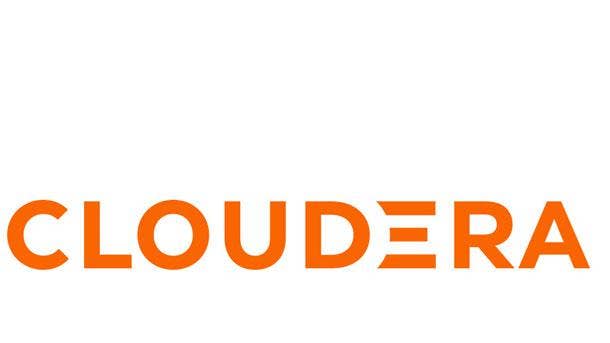
Niche Player: Cloudera
The Palo Alto, Calif.-based company’s Cloudera Machine Learning (CML) offering is supported by Cloudera Data Engineering and Cloudera Data Visualization. The products are interconnected and delivered as services on top of the Cloudera Data Platform. CML has replaced Cloudera’s on-premises Cloudera Data Science Workbench platform to provide multi-cloud capabilities. Cloudera focuses on unifying ML workflows across data warehousing, data engineering, DSML and operationalization. Cloudera ranks among the bottom of the pack on Gartner’s Magic Quadrant for both vision and execution.
Strengths: Cloudera aims to overcome the overhead associated with managing Spark clusters and dependencies by maintaining containerized, repeatable workflows that can be scaled on demand. CML enables data science teams to use a variety of ML runtimes without prescribing underlying frameworks.
Weaknesses: The majority of DSML tasks undertaken in CML require coding and use of open-source libraries in Python, R, Scala and similar languages with no visual workflow interface. Gartner said there’s little augmentation in the platform to help citizen data scientists build their own models.

Niche Player: Alibaba Cloud
The Chinese cloud and technology conglomerate provides two software products—Platform for AI (PAI) Studio and Data Science Workshop—that together make up its core DSML platform. Alibaba’s platform emphasizes support for augmentation of certain tasks in the DSML workflow, but its platform lacks functionality and ease of use for citizen data scientists, which slows its adoption. Alibaba Cloud ranks near the bottom for both vision and execution on Gartner’s Magic Quadrant.
Strengths: Alibaba’s platform integrates well with its other offerings for data preparation, exploration, ML, augmentation and delivery. It offers drag-and-drop interactive modeling features across its platforms, which can be used by expert data scientists to support machine learning pipeline.
Weaknesses: PAI Studio and Data Science Workshop offer limited machine learning and advanced analytics capabilities, such as agent-based modeling, discrete-event modeling, support for generative adversarial networks and self-supervised learning. In addition, Alibaba’s customers are mostly in Asia-Pacific only.
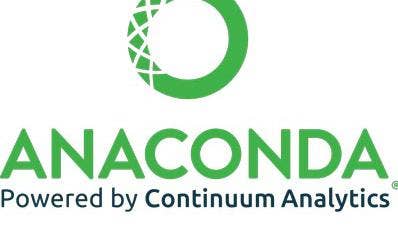
Niche Player: Anaconda
Anaconda ranks near the bottom for both vision and execution on Gartner’s Magic Quadrant. The Austin, Texas-based company’s Anaconda Enterprise is a data science development environment based on the interactive notebook concept that supports use of open-source Python and R-based packages. Anaconda is an innovator in the areas of model governance and scalability. It has partnerships with vendors such as Google, IBM and Microsoft to drive DSML innovation with the use of open-source technologies.
Strengths: Anaconda’s platform is trusted and popular within the coding community for both beginners and experts. The GUI is intuitive, gives access to all R and Python libraries, and offers users the flexibility to work on several IDEs of choice, including Jupyter and RStudio, Gartner said.
Weaknesses: Gartner said Anaconda users highlight compatibility and runtime issues with the platform. Non-expert users often find it challenging to keep their projects coherent when new platform or package updates are released.
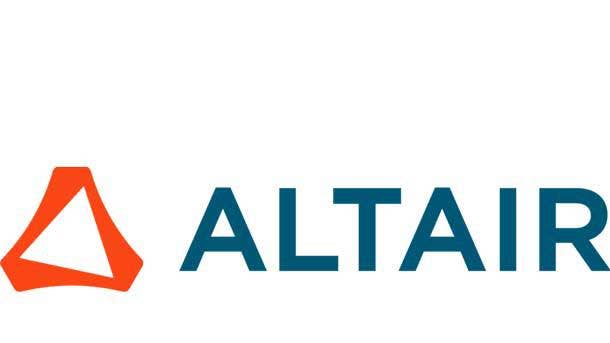
Niche Player: Altair
Altair ranks in last place for both vision and execution on Gartner’s Magic Quadrant. The Troy, Mich.-based company offers a suite of products called Altair Knowledge Works, although the core product Gartner evaluated is the Altair Knowledge Studio. The Knowledge Works suite includes Knowledge Studio for Apache Spark, Knowledge Hub, Panopticon and Monarch. Knowledge Studio’s capabilities for automated ML, explainable AI and enhanced open-source integration have strengthened, but it’s still behind other vendors in terms of native capabilities for delivery, deployment and model management.
Strengths: Altair Knowledge Studio offers strong capabilities for augmented data preparation. Integration with advanced data preparation tools enables semi-structured data to be easily extracted and included in ML modeling.
Weaknesses: Altair needs to strengthen its decision modeling and composite artificial intelligence capabilities, Gartner said. Although Altair focuses on both service- and asset-centric industries, its product marketing needs improvement to resonate with a wider set of customer needs.